(CLO) Mr. Donald Trump recently threatened to impose a 100% tax on imports from BRICS countries if they develop a new currency to compete with the USD.
Why do BRICS want to challenge the USD?
The BRICS nations, named after their original members Brazil, Russia, India, China and South Africa, have emerged as the fastest-growing economic region in the 21st century. They seek to reduce their dependence on the US dollar, which now accounts for nearly 80% of global trade.
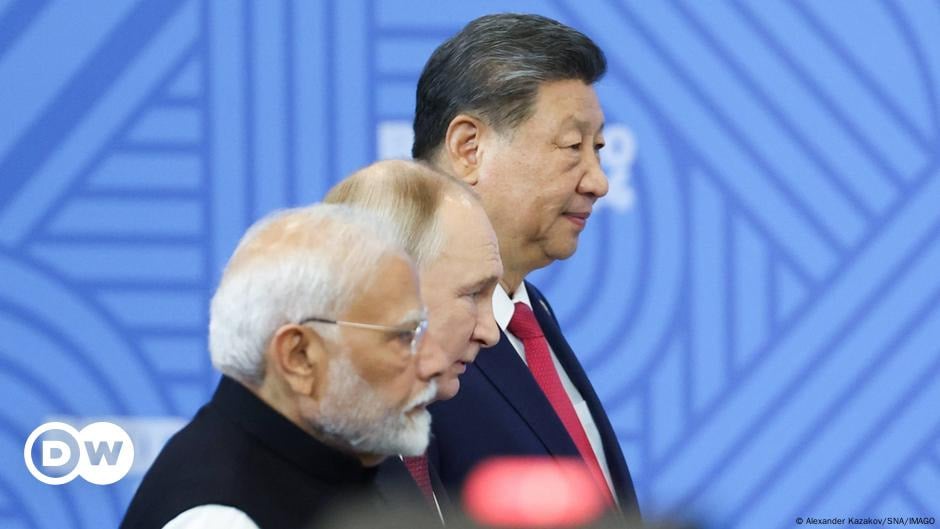
Leaders of India, Russia and China. Photo: SNA
Most economists agree that a dollar-dominated financial system offers many economic advantages to the United States, including low borrowing costs, the ability to run large fiscal deficits, and exchange rate stability. The dollar is also the primary currency used to price commodities such as oil and gold, making it a popular choice.
The US also uses the dominance of the US dollar as a tool to impose economic sanctions and embargoes on other countries; to control their access to trade and finance. BRICS countries, including new members such as Iran, Egypt, Ethiopia and the UAE, accuse Washington of “weaponizing” the US dollar to promote US interests.
Talks of a new common currency have gained traction after the US and EU imposed tens of thousands of sanctions on Russia over its conflict with Ukraine in 2022. The creation of a common currency as an international payment instrument to replace the US dollar also comes amid concerns among other BRICS countries that they could also be targeted by sanctions if they fall out with the West.
How has the BRICS currency plan evolved?
The idea of a common BRICS currency was first raised after the 2008/2009 global financial crisis, when the US real estate crisis nearly brought down the world banking system.
At last year's BRICS summit in South Africa, the bloc's countries agreed to explore the possibility of creating a common currency to reduce the risks of dependence on the US dollar, although BRICS leaders said the process could take years.
At the BRICS summit in Kazan in October, Russian President Vladimir Putin proposed a blockchain-based international payment system to avoid Western sanctions. However, the proposal did not receive widespread support. BRICS leaders only agreed to promote intra-bloc trade by using national currencies to reduce dependence on the US dollar.
Mr Putin and Brazilian President Luiz Inacio Lula da Silva have been the strongest supporters of a common currency, while China has been less clear, although it has backed initiatives to reduce dependence on the US dollar. India has been more cautious about the proposal.
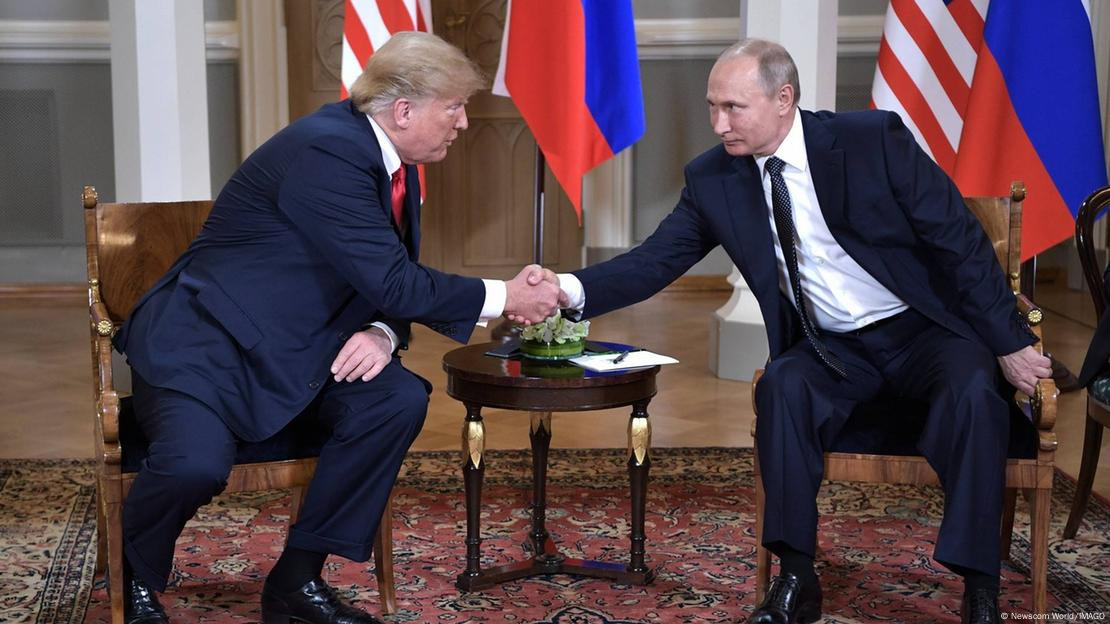
Mr Trump now wants to scrap Mr Putin's plans for a new BRICS currency. Photo: IMAGO
Is a BRICS currency viable?
Creating a common currency would be a major challenge for the BRICS countries, given the differences in their political and economic systems. These countries are at different stages of development, with uneven growth.
For example, China is the largest economy in BRICS, accounting for about 70% of the bloc’s total GDP. China’s dominance in BRICS could create imbalances and make it difficult for India to agree to the terms of a common currency without undermining its own national interests. In addition, other BRICS members may oppose the adoption of a common currency due to differing economic interests.
It is likely that BRICS will develop a trade-only currency, pegged to a basket of currencies or commodities like gold and oil. An alternative could be to develop a digital currency.
BRICS currencies could function in a similar way to the International Monetary Fund's (IMF) Special Drawing Rights (SDR). The SDR is an international financial asset, valued at the daily exchange rate of the dollar, euro, yuan, yen and pound sterling.
Is Trump's threat of 100% tariffs premature?
Trump has said on the Truth Social social network that when he returns to the White House in January, he will ask the BRICS countries to commit to not developing a new currency to replace the dollar. However, this threat may be premature, because the plan to create a BRICS currency has not progressed significantly, despite the strong statements from BRICS leaders.
On December 2, South Africa confirmed that it has no plans to create a new BRICS currency. According to Chrispin Phiri, spokesperson for the South African Department of International Relations and Cooperation, current discussions are mainly focused on promoting trade within the bloc using national currencies.
Mr Trump’s threat could strain relations with the fast-growing BRICS economies, which are important US trading partners. It could also lead to retaliatory measures and risk raising global inflation, which could hurt economic growth.
In addition, Mr. Trump’s decision to focus on maintaining the dollar also marks a change from his first-term policy, when he advocated weakening the dollar to boost U.S. exports. This threat contributed to the strengthening of the dollar and weakened gold and other currencies such as the yuan, rupee, ruble and rand of the BRICS countries.
Russian government spokesman Dmitry Peskov said an increasing number of countries were switching to using national currencies in international trade, reflecting a trend toward reducing dependence on the US dollar as a reserve currency.
Hoai Phuong (according to DW)
Source: https://www.congluan.vn/tien-te-brics-lieu-loi-de-doa-ap-thue-cua-ong-donald-trump-co-hieu-qua-khong-post323980.html





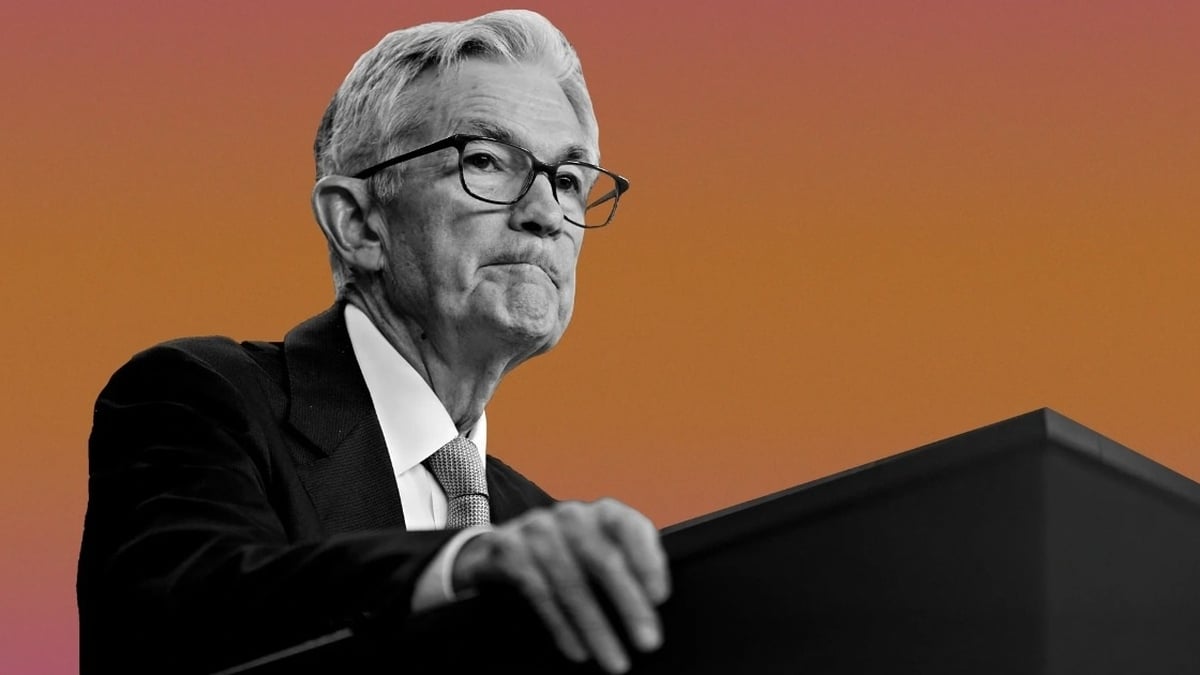




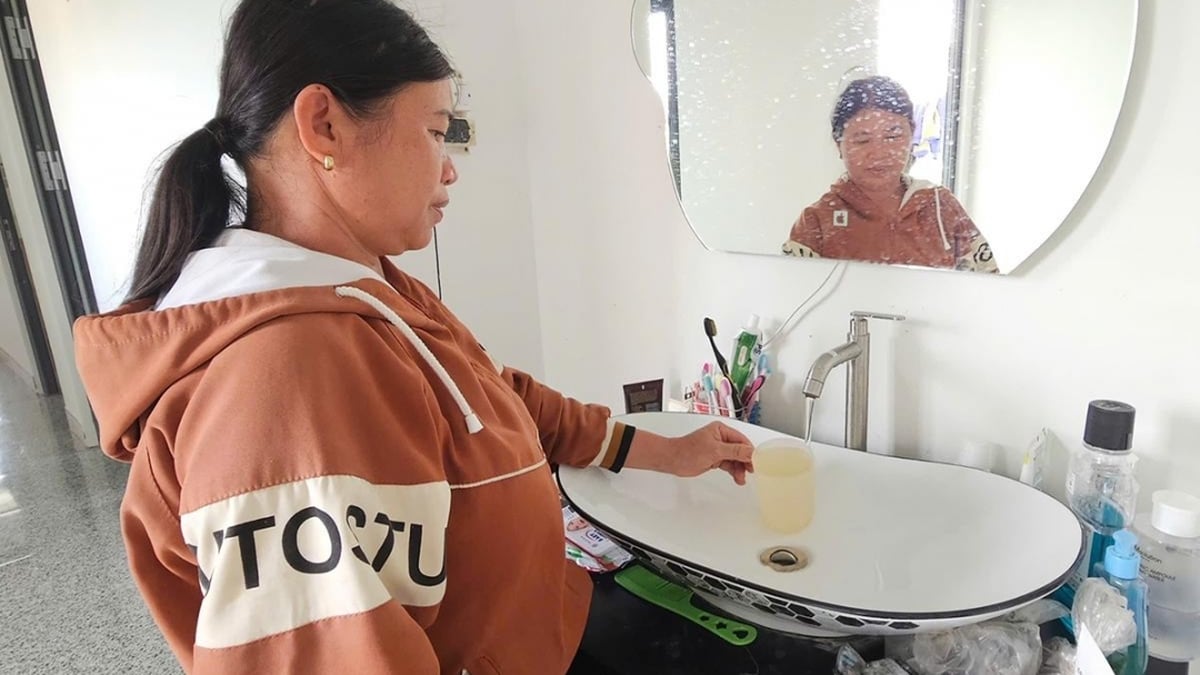

















![[Photo] National Assembly Chairman Tran Thanh Man visits Vietnamese Heroic Mother Ta Thi Tran](https://vphoto.vietnam.vn/thumb/1200x675/vietnam/resource/IMAGE/2025/7/20/765c0bd057dd44ad83ab89fe0255b783)
































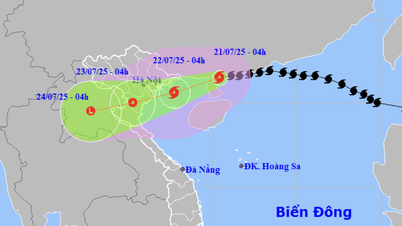




































Comment (0)